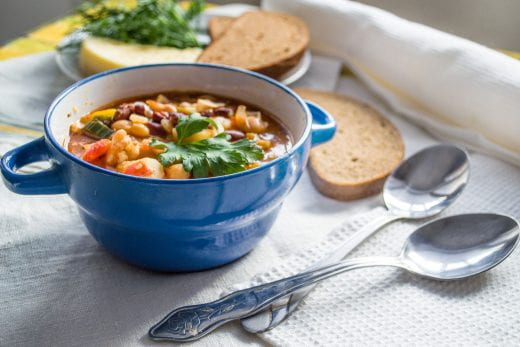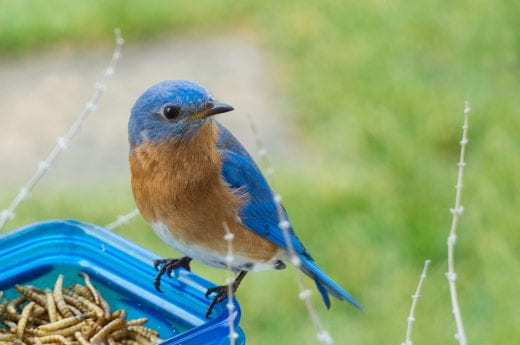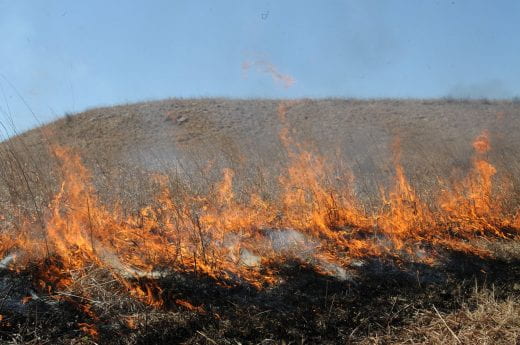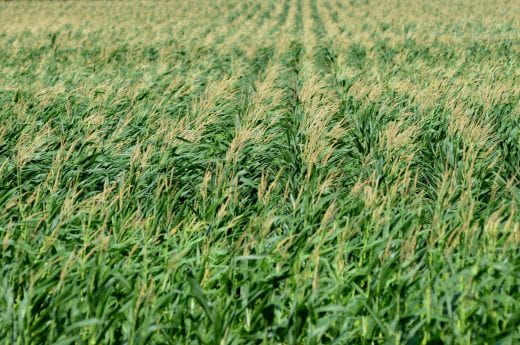This week in Better Kansas we highlight the Walk Kansas program, financial planning ahead of weddings, and that February frigid weather and if it will affect our insect population, landscape plants and wheat. That’s a small glimpse of what K-State Research and Extension across the state has to offer. Share on social media and subscribe! – Mary Lou Peter mlpeter@ksu.edu
Better Living, Better Communities
DON’T FORGET, DAYLIGHT SAVINGS TIME STARTS THIS WEEKEND!
IF EVER there was a time to get outdoors and burn off pent up energy, this is it! After a year of COVID-19, a tumultuous election and last month’s brutal cold snap, the timing for the 2021 Walk Kansas program couldn’t be better. The eight-week program starts March 28, and this year focuses on how physical activity and healthy eating can help us prevent and manage chronic health challenges. They include mental health problems, heart disease, osteoporosis, Alzheimer’s and brain health, obesity, arthritis, diabetes and cancer. Activities besides walking count, too. To learn more or register, contact your local K-State Research and Extension office or go to the program website and click on the picture of shoes. Email me at mlpeter@ksu.edu and let me know how it goes if this is your first year to participate.
COVID UPSET PLENTY LAST YEAR, INCLUDING SOME COUPLES’ WEDDING PLANS. Maybe we’ll have a big surge in the number of weddings this year? Those planning to take that big step may want to read With This Ring, We Plan. It reminds us that there are way bigger financial considerations than wedding cakes and reception venues, plus gives tips on strategies to save money on the big day. It offers suggestions about those sometimes difficult, but important conversations that couples should have before tying the knot, including financial goals, creating spending plans and credit card debt – yours? mine? ours? Take a look.
Better Farming, Ranching and Gardening
NO, IT WASN’T JUST OUR IMAGINATION! Last month we shivered our way through the 5th coldest February on record, according to the Kansas Weather Data Library, the keeper of all such records. The statewide average temperature was 22.9 degrees F. That’s 11 degrees below normal! In addition to cold, February was also a dry month, which extended drought conditions in the western part of the state. For more detail, take a look at the Kansas Ag Climate Update for February 2021. Also, the USDA’s National Ag Statistics Service rated that all-important Kansas topsoil moisture as 4% surplus, 49% adequate, 33% short and 14% very short as of the week ended March 7. Subsoil moisture was 1% surplus, 51% adequate, 32% short and 16% very short.
DID LAST MONTH’S EXTREME COLD SPELL result in something good – like fewer bugs? Take a look at Will Brutal Cold Mean Fewer Insects? to get the answer. I would be happy if those wasps who’ve been hanging around my front porch the last couple of summers crossed over to the “other side” or wherever insects go when they die. I’m not heartless. They are also welcome to move a couple of miles away. That brings up another question. What effect did the brutal cold have on the plants in our landscapes? Read Did the Polar Vortex Result in Dead Plants? to learn more on that topic.
AND WHAT DID THOSE LOW TEMPERATURES DO TO KANSAS WHEAT? They certainly upped the possibility of winterkill, but that depends on several factors, including how cold hardened the crop was, plants’ root system development and its condition as related to pests. In addition, snow cover, soil moisture content, and of course, air temperature and soil temperature all play a role. Check Potential for winterkill to the Kansas wheat crop in a recent Agronomy eUpdate newsletter to learn more. BTW, Kansas winter wheat was rated 3% excellent, 33% good, 37% fair, 19% poor and 8% very poor for the week ended March 7, according to the USDA Kansas Crop Progress report.
See you next week!
Mary Lou
_
For more resources and activities, contact the K-State Research and Extension office in your area. Check out our other blogs and subscribe to our weekly emails here: https://www.ksre.k-state.edu/news/blogs/











